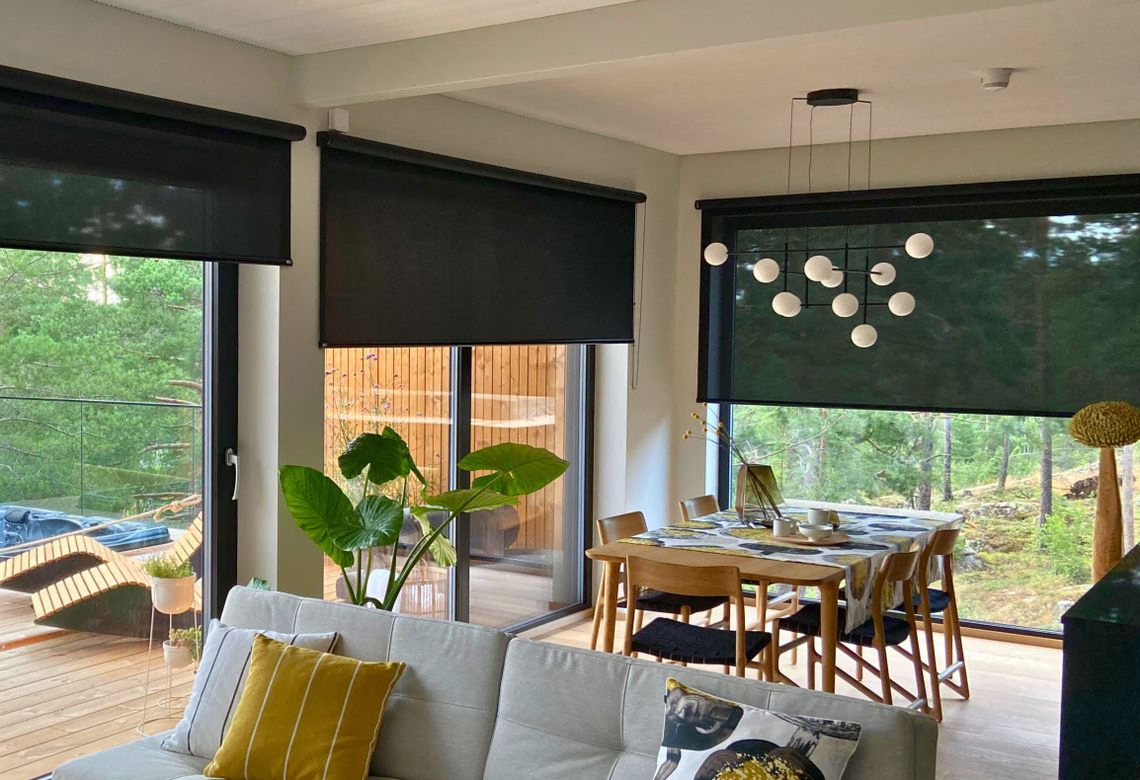
15/12/2023
Controlling thermal comfort both at home and at work
Indoor air quality is defined by thermal comfort, visual comfort and acoustic comfort. Windows and sun protection play a crucial role in the first two.
Operational temperature is created by the combined effect of room temperature and the temperatures of the surrounding surfaces. The temperature on the internal surface of the glass may differ considerably from the temperature of the room and other surfaces.
External sun protection can effectively control the temperature of window surfaces and significantly improve thermal comfort. Good external solutions include, for example, zip-screens, external blinds and awnings. Excellent internal solutions include blinds (aluminium and wood) and Screen roller blinds.
Thermal comfort is easy to implement with the smart Hasta Tension roller blinds
The Hasta Tension features a fastening mechanism that is the smartest solution for internal sun protection: no screws and no holes, fast and easy to install and a stylish look! It also creates a surface for companies to print logos and texts on.
Research data on productivity
Did you know that room temperature has several effects on people?
- Temperature affects productivity. Too high or low temperatures will decrease endurance at work. In a typical word processing job, the best temperature is 20°C to 24°C.
- High indoor temperatures have a clear link to the onset of the “sick building syndrome” and the deterioration of observed air quality.
- High temperatures in classrooms impair study success. It has been shown that a temperature of 20°C is considerably better than 25°C.
- Excessively high temperatures also intensify experienced dryness.
- Low temperatures, on the other hand, impair finger dexterity and may thus reduce productivity.
- Low temperatures can also make the room feel drafty.
Since solar loads are stored in areas near windows, the difference between these areas and other indoor temperatures can be significant. In open-plan offices, the difference between the interior and the edge zones can be several degrees.
However, there is no doubt that daylight feels better than artificial light. Visual contact with the outside world is generally considered an important factor for well-being. Yet the light is sometimes too bright and the contrasts too high. In order for daylight to be fully utilised, it must be controlled. A good way of controlling, are blinds, as they can adjust visual contact with the outside world.
Glaring light in the field of vision is caused by high luminance. It usually interferes with work. Glare often comes from direct sunlight that hits the surfaces in the office. Without sun protection, visual comfort is often difficult to achieve. Daylight is important for health, well-being and productivity. Therefore, the utilization of daylight should be taken into account already at the early design phases of construction.